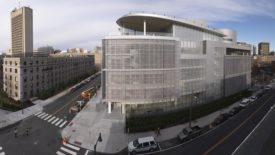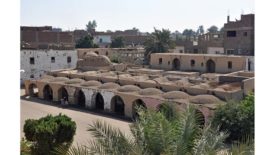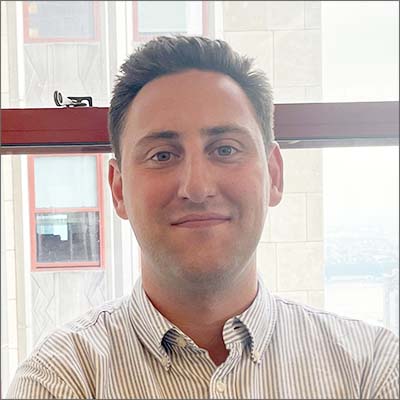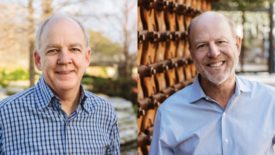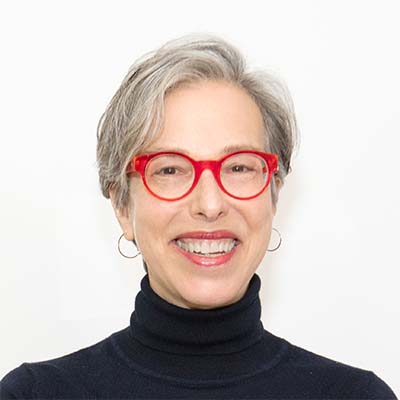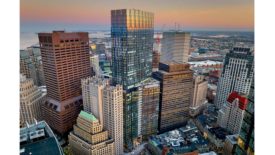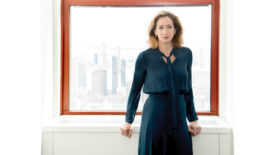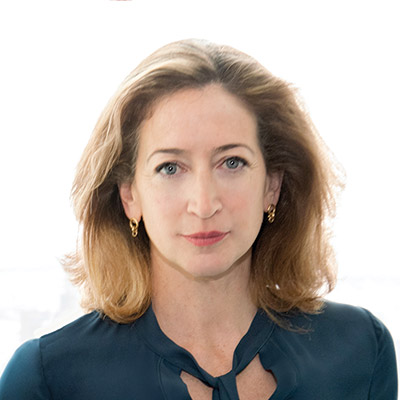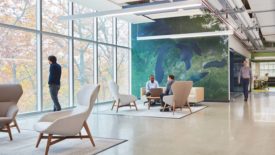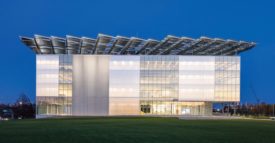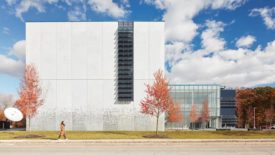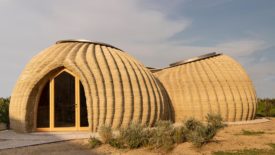Climate Change and Sustainability
Architectural Record spotlights design approaches that seek minimize the impact of buildings on the environment.
Topics
Architectural Record examines the inequitable distribution of the burdens of climate change based on factors like race, socioeconomic status, and access.
ARTICLES
Sustainability in Practice
The Tallest Tower in Boston’s Financial District Moves the Energy Performance Needle
Boston
Read More
Sustainability in Practice
A Luminous Lab at Ohio State Models Renewable Energy Strategies
Read MoreSustainability in Practice
NASA's Hyper-Functional Research Laboratory Balances Form and Efficiency
Cleveland
Read More
Sustainability in Practice
Mario Cucinella's Architectural Autobiography Investigates How Design Can Learn from the Natural World
Excerpt: 'The Future is A Journey to The Past, Ten Stories About Architecture' by Mario Cucinella
April 1, 2024
EVENTS
Sponsored Webinar
5/25/23 to 5/31/24
Contact: Tiffany
Operational Energy Basics for Sustainable Architectural Design
Webinar
11/16/23 to 11/30/24
Contact: Tiffany
Envelope Performance Requirements for Low-Carbon Buildings
Webinar
3/12/24 to 3/12/26
Contact: Tiffany
For the Emerging Professional: Leading Sustainability Efforts at Architecture Firms
Webinar
4/23/24 to 4/30/25
Contact: Tiffany
For Students and Educators: Pedagogical Approaches in Sustainability
Copyright ©2024. All Rights Reserved BNP Media.
Design, CMS, Hosting & Web Development :: ePublishing
